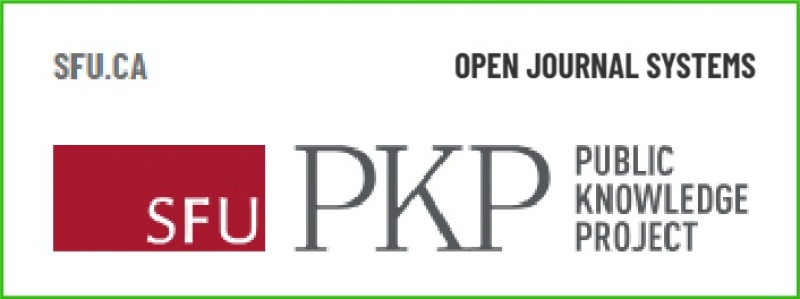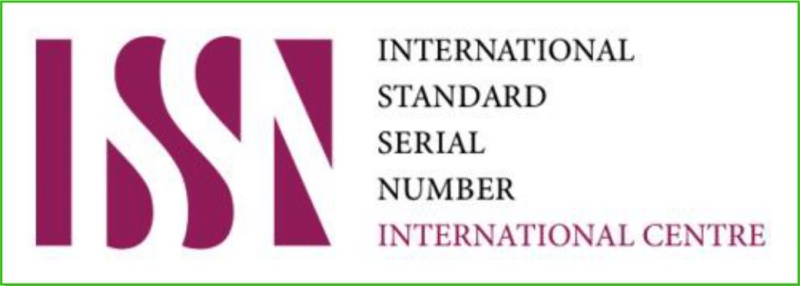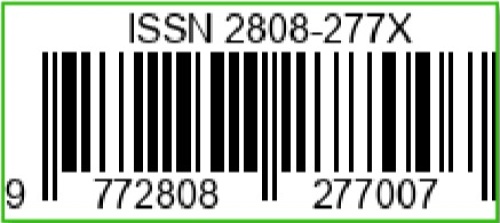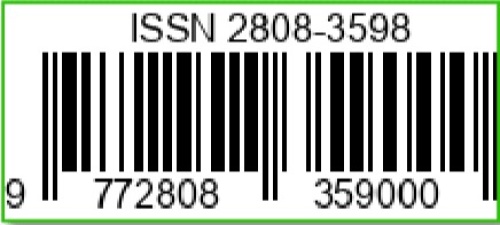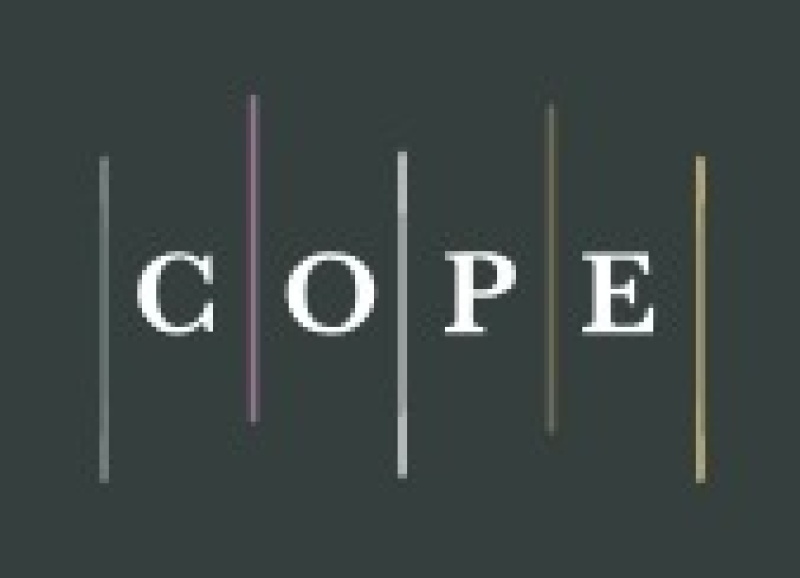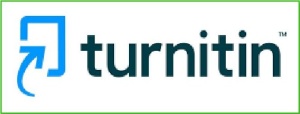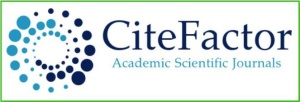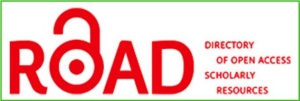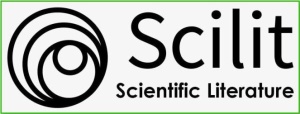Efektivitas Antibakteri Ekstrak Daun Jengkol (Pithecellobium jiringa) terhadap Pertumbuhan Salmonella typhimurium: Studi In Vitro Menggunakan Metode Difusi Cakram
DOI:
https://doi.org/10.36312/biocaster.v5i3.477Keywords:
Antibacterial, Disc Diffusion, Jengkol Leaf Extract, Pithecellobium jiringa, Salmonella typhimuriumAbstract
Salmonella typhimurium bacterial infection remains one of the main causes of gastrointestinal diseases, and cases of resistance to conventional antibiotics are increasing. This encourages the search for alternative therapies based on natural ingredients, one of which is jengkol leaves (Pithecellobium jiringa) which are known to contain antibacterial compounds. This study is an in vitro experimental study aimed at evaluating the antibacterial effectiveness of ethyl acetate extract of jengkol leaves (Pithecellobium jiringa) against the growth of Salmonella typhimurium using the Kirby-Bauer disc diffusion method. Four extract concentrations (10%, 20%, 40%, and 80%) were tested against bacterial suspensions with chloramphenicol as a positive control, and DMSO as a negative control. Data were analyzed using one-way ANOVA and continued with Duncan's test to determine significant differences between treatments. The results showed a significant increase in the diameter of the inhibition zone as the extract concentration increased with the highest effectiveness at a concentration of 80% (mean inhibition zone 16.07 mm; strong category). Analysis shows that active compounds, such as flavonoids, tannins, and saponins, work through cell wall damage and bacterial membrane permeability. These findings indicate that jengkol leaf extract has potential as a natural antibacterial agent against gram-negative bacteria such as Salmonella typhimurium and is worthy of further development in phytopharmaceutical-based infection control efforts.
Downloads
References
Farhadi, F., Khameneh, B., Iranshahi, M., & Iranshahy, M. (2019). Antibacterial Activity of Flavonoids and their Structure-Activity Relationship: An Update Review. Phytotherapy Research, 33(1), 13-40. https://doi.org/10.1002/ptr.6208
Febriyossa, A., & Rahayuningsih, N. (2021). Uji Daya Hambat Perasan Rimpang Jahe Putih, Kunyit dan Temulawak terhadap Pertumbuhan Bakteri Staphylococcus aureus. Jurnal Health Sains, 2(1), 1-6. https://doi.org/10.46799/jhs.v2i1.97
Gaikwad, R., Channawar, M., Mohale, D., Kochar, N., & Chandewar, A. (2023). Evaluation of the Antimicrobial Activity of the Punica granatum Peel Extract Against Isolated MDR Salmonella typhimurium. Acta Scientific Pharmaceutical Sciences, 7(1), 1-7. https://doi.org/10.31080/asps.2023.07.0922
Kim, C., Frost, I., Naylor, N. R., Au, H., Lee, Y., Bzymek, A., Majgier, K., Moldoveanu, A. L., Salman, O. M., Simiyu, S., Youssef, D. M., Agopsowicz, M. H., & Abbas, K. (2024). Length of Hospital Stay and Associated Treatment Costs for Patients with Susceptible and Antibiotic-Resistant Salmonella Infections: Systematic Review and Meta-Analysis. BMJ Open, 15(6), 1-23. https://doi.org/10.1136/bmjopen-2024-092494
Kirana, B. C. (2021). Uji Aktivitas Antibakteri Fraksi dari Ekstrak Teraktif Daun Jengkol (Pithecollobium labatum Benth) terhadap Pseudomonas aeruginosa ATCC 27853. Widya Warta, 1(1), 43-54.
Ktsoyan, Z., Budaghyan, L., Agababova, M., Mnatsakanyan, A., Arakelova, K., Gevorgyan, Z., Sedrakyan, A., Hovhannisyan, A., Mkrtchyan, M., Zakharyan, M., Arakelyan, A., & Aminov, R. (2019). Potential Involvement of Salmonella Infection in Autoimmunity. Pathogens, 8(3), 1-13. https://doi.org/10.3390/pathogens8030096
Medalla, F., Gu, W., Mahon, B. E., Judd, M., Folster, J., Griffin, P. M., & Hoekstra, R. M. (2016). Estimated Incidence of Antimicrobial Drug-Resistant Nontyphoidal Salmonella Infections, United States, 2004-2012. Emerging Infectious Diseases, 23(1), 29-37. https://doi.org/10.3201/eid2301.160771
Monalisa, M., Erly, E., & Fransiska, A. (2022). Uji Daya Hambat Ekstrak Daun Salam (Syzygium polyanthum Wight) terhadap Pertumbuhan Bakteri Porphyromonas gingivalis secara In Vitro. Andalas Dental Journal, 9(1), 19-28. https://doi.org/10.25077/adj.v9i1.186
Nair, D., Venkitanarayanan, K., & Johny, A. (2018). Antibiotic-Resistant Salmonella in the Food Supply and the Potential Role of Antibiotic Alternatives for Control. Foods, 7(10), 1-24. https://doi.org/10.3390/foods7100167
Niken, N., Yusuf, R. N., & Annita, A. (2022). Uji Aktivitas Antibakteri Ekstrak Daun Jambu Biji (Psidium guajava L.) terhadap Pertumbuhan Bakteri Escherichia coli. Bioscientist : Jurnal Ilmiah Biologi, 10(2), 726-735. https://doi.org/10.33394/bioscientist.v10i2.5919
Nor, T. A., Indriarini, D., & Koamesah, S. M. J. (2018). Uji Aktivitas Antibakteri Ekstrak Etanol Daun Pepaya (Carica papaya L) terhadap Pertumbuhan Bakteri Escherichia coli secara In Vitro. Cendana Medical Journal, 6(3), 327-337. https://doi.org/10.3201/eid2301.160771
Noviardi, H., Yuningtyas, S., & Suwarni, D. (2019). Sitotoksisitas Kombinasi Ekstrak Daun Petai Cina dan Kulit Jengkol terhadap Sel Kanker Payudara dan Serviks. Biopropal Industri, 10(2), 109-117. https://doi.org/10.36974/jbi.v10i2.5329
Putri, S. A., & Fifendy, M. (2021). Uji Aktivitas Antibakteri Ekstrak Daun Sirih (Piper betle L.) dengan Penambahan Sari Buah Tomat (Lycopersicum esculentum Mill.) untuk Mencegah Bakteri Staphylococcus aureus Penyebab Jerawat. In Prosiding Seminar Nasional Biologi (pp. 1432-1439). Padang, Indonesia: Universitas Negeri Padang.
Putriani, K., & Sugara, B. (2024). Aktivitas Antibakteri Ekstrak Daun Ketapang (Terminalia catappa L.) terhadap Staphylococcus aureus. Innovative : Journal of Social Science Research, 4(1), 4178-4187. https://doi.org/10.24198/jkg.v33i1.29968
Raslina, H., Dharmawibawa, I. D., & Safnowandi, S. (2018). Diversity of Medicinal Plants in National Park of Rinjani Mountain in Order to Arrange Practical Handout of Phanerogamae Systematics. Bioscientist : Jurnal Ilmiah Biologi, 4(1), 1-6. https://doi.org/10.33394/bioscientist.v4i1.210
Riana, N. R. (2015). Perbandingan Efektivitas Metode Maserasi dan Sokletasi pada Ekstrak Daun Jengkol (Pithecellobium jiringa) sebagai Anti Staphylococcus aureus. Disertasi. Universitas Islam Sultan Agung.
Sanjaya, D. A., Meriyani, H., Juanita, R. A., & Siada, N. B. (2022). Kajian Literatur: Profil Resistensi Salmonella typhi dan Pemilihan Antibiotik pada Demam Tifoid. JPSCR : Journal of Pharmaceutical Science and Clinical Research, 7(2), 107-116. https://doi.org/10.20961/jpscr.v7i2.56656
Sukertiasih, N. K., Megawati, F., Meriyani, H., & Sanjaya, D. A. (2021). Studi Retrospektif Gambaran Resistensi Bakteri terhadap Antibiotik. Jurnal Ilmiah Medicamento, 7(2), 108-111. https://doi.org/10.36733/medicamento.v7i2.2177
Suparmajid, A. H., Sabang, S. M., & Ratman, R. (2016). Pengaruh Lama Penyimpanan Rimpang Kunyit (Curcuma domestica Vahl) terhadap Daya Hambat Antioksidan. Jurnal Akademika Kimia, 5(1), 1-7. https://doi.org/10.22487/j24775185.2016.v5.i1.7921
Utami, P. W., Isnandar, I., Syaflida, R., & Siregar, I. B. (2021). Pengaruh Ekstrak Daun Kemangi (Ocimum basilicum L) terhadap Staphylococcus aureus di Rongga Mulut. Jurnal Kedokteran Gigi Universitas Padjadjaran, 33(1), 38-43. https://doi.org/10.24198/jkg.v33i1.29968
Yanti, Y. N., & Mitika, S. (2017). Uji Efektivitas Antibakteri Ekstrak Etanol Daun Sambiloto (Andrographis paniculata Nees) terhadap Bakteri Staphylococus aureus. Jurnal Ilmiah Ibnu Sina, 2(1), 158-168. https://doi.org/10.36387/jiis.v2i1.93
Yuliani, D., Dewi, I., & Marhamah, S. (2022). Efektivitas Ekstrak Daun Sirih Cina (Peperomia pellucida) terhadap Pertumbuhan Bakteri Propionibacterium acnes dan Tinjauannya Menurut Pandangan Islam. Jurnal Sosial dan Sains, 2(1), 173-181. https://doi.org/10.36418/sosains.v2i1.333
Downloads
Published
How to Cite
Issue
Section
License
Copyright (c) 2025 Kun Mardiwati Rahayu & Anastasia Chairani

This work is licensed under a Creative Commons Attribution-ShareAlike 4.0 International License.
-
Attribution — You must give appropriate credit, provide a link to the license, and indicate if changes were made. You may do so in any reasonable manner, but not in any way that suggests the licensor endorses you or your use.
-
ShareAlike — If you remix, transform, or build upon the material, you must distribute your contributions under the same license as the original.


